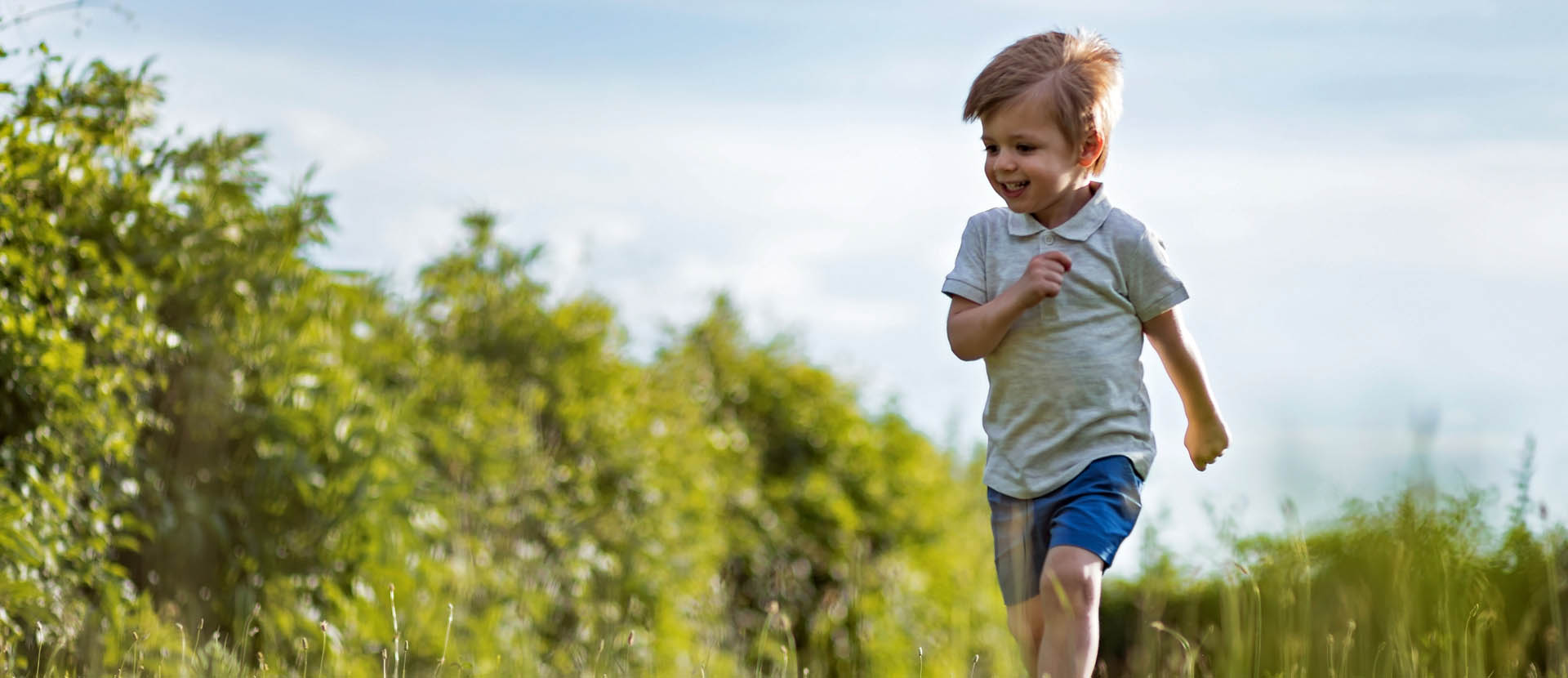How to Create Outside Play Opportunities

When I got fidgety when I was young my mother used to send me into the garden to do 10 laps. She’d watch through the window from the warmth of the kitchen with a nice warm cuppa in her hands as I harrumphed around, sulking at the unfairness of it all.
Now, as a parent of two arch-fidgetteers, I wish I had a garden big enough to banish my offspring to. After all, when I came back in from my garden-run, I’d be less fidgety, filled with fresh air and rosy-cheeked – well that’s how my mother remembers it anyway.
On a serious note, while the natural inclination of many youngsters to sit inside on their IT is all too often a constant parental battle, the benefits of being outside are well-documented. But, while it can be hard to prise them away from their tech, the battle is well worth the rewards.
So above and beyond the garden banishment or the daily walk to school, here are some top ways to encourage them to enjoy the outdoors, even in winter.
- Create a Scavenger Hunt
Make a list of items you might find in the winter in nature, such as pinecones, icicles, a sledge, a frozen puddle, twigs, animal tracks, a squirrel, or frozen berries. Bundle up and head outdoors to find as many as you can.
- Explore Science
Animals and plants are usually harder to observe during the winter, but there’s still plenty to learn. Focus on earth science as you observe changes in properties of matter — water turns from liquid to solid and maybe even a gas. Pay attention to weather patterns or measure snow and rain. You could even track the lunar cycle or look at the stars if your is child into space.
- Study Snowflakes
Make a collection of snowflake photographs – if you’re happy to let your child use your phone (even under supervision) you can look at the differences between each flake and for the more advanced, allow them to select filters and create a collage.
- Find Hidden Nature
Children are adept at finding nature in unexpected places. From the plants growing in pavement cracks to the bugs under rocks, take a cue from your child and challenge yourself to discover hidden beauty.
- Adopt a Tree
Even neighbourhoods in the heart of the city have trees. Find your favourite one and adopt one as your family tree to observe as the seasons change. What birds and animals live in it? What colour are its leaves in the spring, summer and autumn? How much does it seem to grow in a year?
- Keep a Calendar of Firsts
Notice and record seasonal changes in your neighbourhood: the first autumn leaves, the first snowfall, the first bird or snowdrop of spring, or even the first blade of green grass. If you keep recordings over several years, you’ll discover consistent and changing patterns.
- Get Birdwatching
Even the most urban areas are usually home to some birds. Get a guidebook or download an app to identify them. Take a look at the RSPB’s website for more ideas and inspiration.
- Keep a Nature Diary
Is your child a budding Gerald Durrell? Many naturalists kept nature diaries or special books where they recorded their observations of the natural world. This can be drawing or finding items to stick in and find out more about once back inside. Don’t worry about their artistic ability. The point of a nature diary isn’t to draw pretty pictures, but to slow down, really see the natural world, and document it. Take a notebook or clipboard and some coloured pencils with you on a walk. Find one plant, insect, or tree and carefully study it. If they draw what they see, adding the date, and a few written notes, they’ll notice the improved detail with time.
- Plant a Container Garden
For those without ‘lap-worthy’ gardens, these need minimal space and are suitable for rooftops, balconies, and small patio areas. Children can often become engrossed with the progress of simple plant varieties such as herbs, tomatoes, carrots or radishes as well as enjoy the ability to plant annual flowers like geraniums.
- Join a Nature Group
Family nature and conservation groups are available in many places. These groups are usually led by an experienced guide and offer a safe, educational vehicle to learn about nature, while also potentially making new friends.
- Play with Rocks & Sticks
It’s fun to collect rocks and paint faces on them or search for sticks to make into walking sticks, stick men, broomsticks and whips. Compare and contrast different stones or sticks and even bring a few home to make sculptures or collages. Our top tip from personal experience of smashed glassware is big sticks stay outside!
If you enjoyed this article and found it to be useful, you can check out more of our early childcare resources in our Family Resource Zone!
And, if you’re not yet a Bright Horizons parent, but are interested in what our nurseries can offer your child on their exciting educational journey, book a personal tour at your local nursery today!





